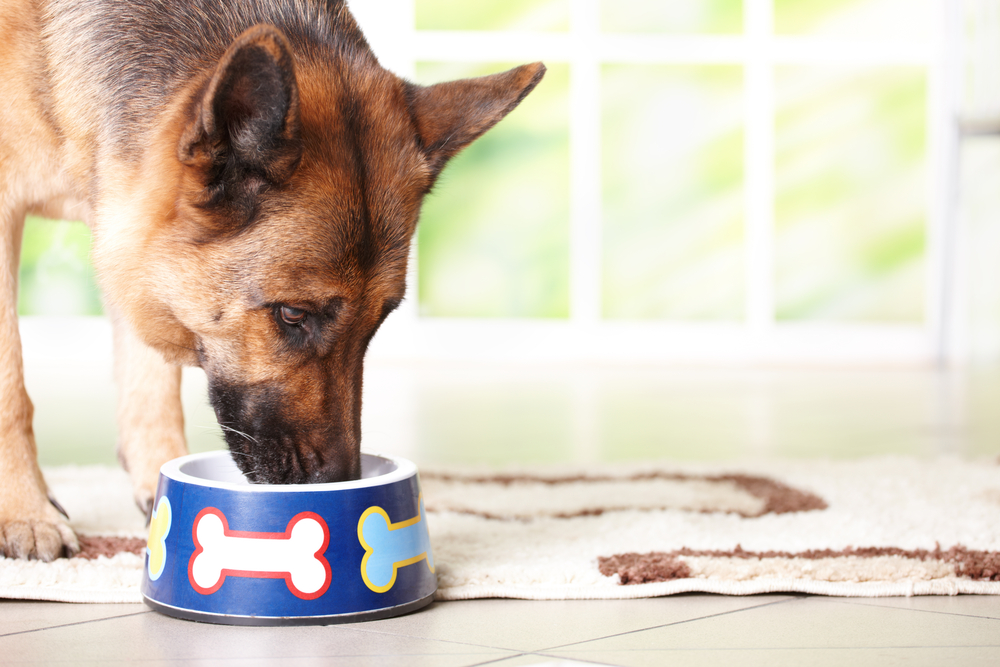As any pet owner can tell you, deciding on the type of food that your animal will eat is certainly a big decision. After all, you want to set your pet up with a healthy meal plan, but you’ll quickly realize there are many options to choose from! To help you narrow down the search, you should consider the following steps.
Step One: Be Mindful of Ingredients
As you narrow in on the particular brand that you want to feed your beloved pet, you should certainly take time to evaluate the ingredients. Just like with people, the fewer additives the food has, the better it will likely be for your animal.
Step Two: Pay Attention to How Ingredients are Listed
Not only is it important to evaluate the ingredients, but also be mindful of the order of the ingredients. Specifically, be aware of the location of the meats in the food. The closer they are to the top, the more likely it is a good quality food source.
Step Three: Avoid By-Products
The more by-products the food has, the less likely it has the good sources of protein from natural meats and vegetables. Less expensive food is known for having a considerable amount of by-products in their pet food recipes.
Step Four: Check Where the Fat is Coming From
Pet food should always include the source of fat. You’ll want to be sure that it’s coming from meat rather than oil for the best quality pet food. This is an overall better source for your pet.
Step Five: Consider Your Pet Size and Breed
You’ll quickly notice there are numerous pet foods on the market. They are all divided by animal type, size, and often even the age. Make sure you’re selecting the food that is best for your particular pet as these foods are designed with them in mind.
Step Six: Consider Food Allergies
Make sure that you’re aware if your pet has any type of food allergy. Food allergies can be common, and this may mean that your pet needs a special diet. In some instances, pets can’t consume a dry or wet food diet and must instead rely on a raw diet. If you aren’t sure if your pet has an allergy, please consult your veterinarian for more information.
Step Seven: Avoid Any Added Chemicals
This should go without saying, but be sure that there are no added chemicals to your pet’s food. The more natural the food source is, the better it is for your furry friend. This can make your animal sick and lead to a host of health issues.
Step Eight: Consider Grain-Free
Grain-free is a popular option for many pet owners. This solution not only helps with allergies but may also promote a better coat and overall health of your pet.
Step Nine: Consider Your Pet’s Activity Level
Not only should you consider the size and age of your pet, but also your animal’s activity level. Animals that are more active may need a heartier type of food than a pet that prefers to lounge around.
Step Ten: Evaluate Brands
There are many brands in the pet food industry. You’ll want to take some time to read up on all of them before committing to one brand. You may also want to look into manufacturers to evaluate quality control.
Overview
Purchasing food for your pet is a big decision. Make sure that you’ve done your due diligence to ensure that you are feeding them the very best. Doing so may enhance their health and promote a longer lifespan.


